Technology and secrets of growing and caring for cucumbers in a polycarbonate greenhouse
Growing cucumbers in a polycarbonate greenhouse is a rather serious job that requires a lot of costs and efforts from a person. Growing them in a greenhouse is much more difficult than growing them outdoors, as you will have to create the best conditions for the plants yourself.
It is also necessary to take into account all the characteristics and properties of cucumbers. Therefore, before starting work, you need to learn how to properly grow cucumbers in a greenhouse.
Choosing the right variety
Before you learn the secrets of growing cucumbers in a greenhouse and start breeding them, you should choose a plant variety. Cucumbers are divided into several groups, among which there are special varieties for greenhouses. Moreover, they are quite diverse and have their own characteristics.
Emelya
A fairly young, early-ripening variety of cucumbers for private gardens and greenhouses. Since the technology of growing cucumbers in a greenhouse is very simple, even people who have not done this before can grow them.
The fruits begin to ripen 30-45 days after planting the seedlings in the soil. The bushes of this variety are indeterminate and vigorous. Covered with lots of green leaves.
The fruits reach 20 cm in length. The taste of cucumbers is not bitter and even slightly sweet. Emelya can boast of maximum yields, which is 15 kg per square meter. If you know how to care for cucumbers in a greenhouse, you can increase the yield several times.

Also, this variety stands out for its good cold resistance, so you should not worry about what temperature should be when growing cucumbers.
Courage
An early ripe type of cucumber that grows very quickly and ripens within 40 days. The plant does not need any maintenance, so it is ideal for people who do not want to know how to care for cucumbers. However, the optimum temperature for growing must still be maintained.

More than 10 ovaries can form on one Courage bush. The largest fruits are 15 cm long and weigh 150 grams. They are dark green in color and have a frequently knobby surface. The characteristics of the fruits include their preservation, which is two weeks. Courage also stands out for its resistance to many common diseases, which include:
- root rot;
- cucumber mosaic;
- downy mildew.
Masha F1
An early variety that ripens a month after planting in a greenhouse. The bushes of the plant are determinate and undersized. They do not need a garter for additional supports and pinning. Cucumbers are covered with small green leaves and inflorescences. All flowers on cucumbers are female, so gardeners do not have to think about pollination. The fruits of this variety are cylindrical.
On average, the fruits grow up to 5-7 cm in length. However, people who know how to care for greenhouse cucumbers get a bigger crop.
It is recommended to plant seedlings in early spring, in early or mid-March. Bushes do not like too low temperatures, so the minimum temperature for cucumbers should be at least 15-20 degrees Celsius. If it is lower, then the plant will not be able to grow and develop normally. Also, when growing, you need to monitor the length of daylight hours. It should be about 14-15 hours a day. Such conditions are most suitable for obtaining a good harvest.
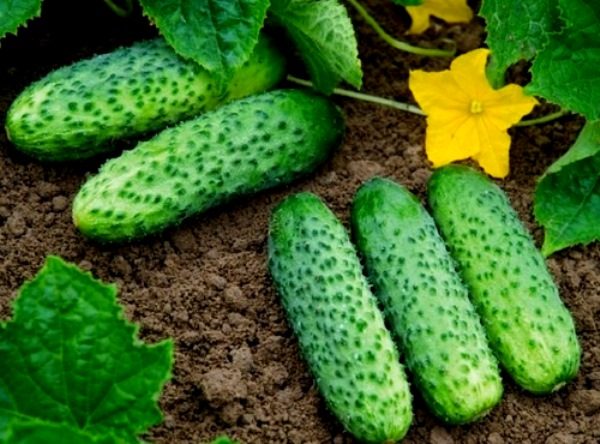
Mazay F1
An early maturing variety that is recommended to be planted in tunnels or greenhouses. However, the most popular is the cultivation of cucumbers in a polycarbonate greenhouse. Some residents of the southern regions of the country plant them in the open field, but in this case the bushes may suffer from possible night frosts.
Mazai differs from other varieties in the size of the fruits, which grow up to 15-17 cm. The weight of each cucumber reaches 140 grams. Zelentsy are covered with rather large tubercles and have a cylindrical shape. Taste qualities are distinguished by a complete absence of bitterness.
To obtain a high-quality harvest, the correct agricultural technique for growing cucumbers in a greenhouse must be used. If this variety is poorly looked after, then there will be very few fruits on the bushes.
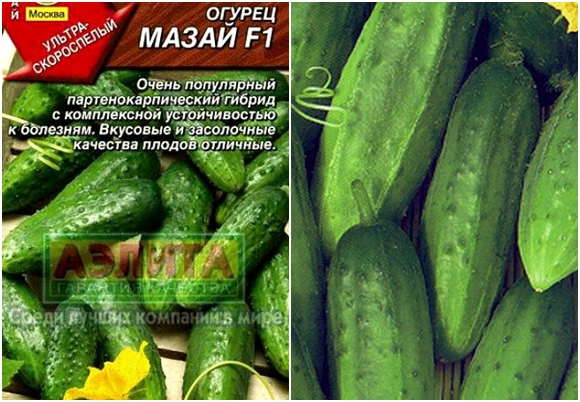
Marinda F1
Quite a popular early maturing variety that is grown in film greenhouses and greenhouses. The first cucumbers appear on the bushes 50 days after planting the seedlings. Marinda does not need careful care, so even beginners can grow such cucumbers in a greenhouse.
The bushes of the plant are not too dense, which makes it easier to harvest later. The fruits are dark green in color, their weight reaches 80 grams, and the length is 10 cm. The flesh of the fruits is quite crispy and firm. More than 40 kg of young cucumbers can be harvested from one square meter.
Marinda is resistant to many diseases. She rarely gets sick with spotting, scab, mosaic and powdery mildew.

Greenhouse preparation
To grow cucumbers in a greenhouse, preparatory work needs to be done.
Washing
Before growing cucumbers in a polycarbonate greenhouse, you must thoroughly wash everything:
- glasses and films are washed out with ordinary soap solution;
- iron products and PVC are best cleaned with a pre-prepared vinegar solution;
- polycarbonate is cleaned with a weak manganese mixture.
After completing the work in the room, you need to ventilate so that everything dries faster.
Preparation for disinfection
To prevent the grown cucumbers from getting sick, disinfection should be carried out in the greenhouse in advance. First, mechanical processing is carried out. To do this, it is recommended to carefully inspect the greenhouse and remove all the moss that often appears in the ventilation of the greenhouse. Then all the walls are treated with iron vitriol to get rid of the remaining spores.
You also need to clean the greenhouse from the remaining tops. It should be taken outside and burned, as it may contain pathogens.
Lime treatment
A polycarbonate greenhouse can be disinfected with lime. The solution is applied to the entire structure inside and on the soil. It is also recommended to process equipment and tapes for irrigating seedlings.
Making a lime mixture is quite simple. 500 g of lime is added to 10 liters of water, after which all this is infused throughout the day.Then the solution is applied to the surface of the structure using a regular brush. Particular attention should be paid to crevices, as they often contain harmful bacteria. After that, the ground is sprayed with a spray gun.

Disinfection with a checker
It is recommended to use a gray checker, as it emits gas during combustion, with which you can clean even the most inaccessible places. It is recommended to use a special mask and rubber gloves during disinfection. It takes about 3 days to keep the greenhouse in smoke, after which you can air it.
Disinfection with a checker is carried out if the temperature in the greenhouse for cucumbers is within 12-15 degrees Celsius.
Use of biologics
Growing and caring for cucumbers should be carried out in a pre-prepared and processed greenhouse. Quite often, special biological products are used to disinfect it. Their main task is to improve the quality of the soil and the destruction of all pathogens. Biologics are completely safe, so ventilate greenhouse with cucumbers after using them is optional.
It is recommended to carry out such disinfection in the fall, and not in the spring a few days before planting seedlings in the ground.
Soil preparation
Before studying the features of growing cucumbers in a greenhouse, you must familiarize yourself with the rules of soil cultivation. This is done to completely cleanse it of pathogenic microorganisms. There are several of the most efficient processing methods.
Freezing
This method is the simplest and therefore is popular with most vegetable growers. The earth must be placed in a tight cloth bag and kept at low temperatures for several days.
Some people don't know what is the best temperature for freezing. It is best to carry out this procedure at a temperature of -20 degrees. Freezing is done twice to get the best result.
Warming up
If the temperature in the greenhouse for cucumbers is very high, then many pests will not be able to live under such conditions. However, high temperatures can also negatively affect young bushes. Therefore, it is recommended to warm up only the soil before planting seedlings. Correct heating can be done in two ways:
- Steaming. The most common heat treatment method that many gardeners like to use. To steam the soil, it is necessary to heat a bucket of water on a gas stove with a grate installed on top, on which the soil is placed in a small bag. The procedure takes an hour and a half.
- Calcination. The soil is completely filled with hot water, after which it is placed in a special container and placed in the oven, which is preheated to 100 degrees. Calcination is carried out no longer than an hour.
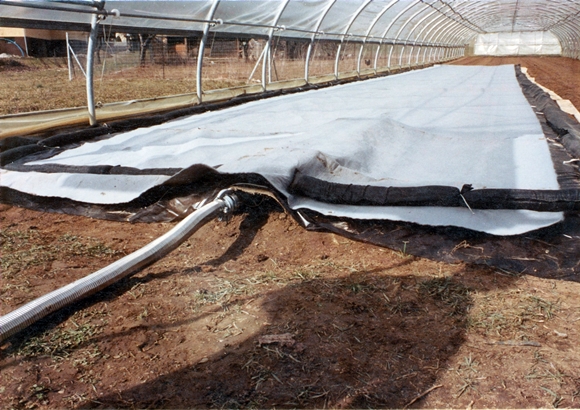
Use of insecticides
Quite often, growing cucumbers in a greenhouse is carried out in soil that has been previously treated with insecticides. Such preparations are often used during pest control in the ground. Before using them, the soil should be well moistened and loosened so that the drug can better mix with the ground.
It is necessary to use insecticides several months before planting seedlings in the soil. In doing so, it is recommended that you follow the instructions exactly to do everything right.
Use of fungicides
Some, before growing cucumbers in a polycarbonate greenhouse, treat the soil with fungicides. These preparations consist of bacterial groups that improve the immunity of young cucumbers and help cleanse the soil from bacteria. The most commonly used solution is Fitosporin. For its preparation, 20 ml of the drug is mixed with 8-10 liters of water.
Seed preparation and sowing
Sometimes even careful care of cucumbers in a polycarbonate greenhouse does not allow you to achieve a good harvest. This often happens if unprepared seeds were planted in the soil. There are several methods for preparing planting material.
Soak
Cucumber seeds can take a long time to germinate, so it is recommended to soak them before planting. For this, all seeds are placed in moistened cloth bags. They are kept in them for a day. During this time, the water must be changed periodically so that it is always transparent. The next day, the seeds are removed from the bag and dried in the sun.
Germination
Sometimes, while growing cucumbers in a polycarbonate greenhouse, people have to wait a long time for the first shoots to appear. This process can be delayed if non-germinated seeds were planted. To do this, they are placed in a plate, which is covered with filtered paper or a thick rag. Then the seeds are watered and placed in a dark place for 2-3 days. During germination, care must be taken to ensure that the seeds do not dry out completely.
Landing
The cultivation of cucumbers and their planting are quite simple. It is recommended to plant them in late or mid-spring. If sowing is early, it is recommended to sow dry seeds, as wet seeds can deteriorate if the soil is not sufficiently warmed up. Planting is recommended if the temperature regime for cucumbers in the greenhouse is 15-20 degrees.
The holes are made with an interval of 30 cm, and the rows are 40 cm. No more than three seeds are placed in one hole, the distance between which is 10 cm. It is not worth planting cucumbers thickly, since you will often have to thin out thickened crops. Also, in densely planted bushes, fruiting lashes develop poorly.

Care
Not everyone knows how to properly care for cucumbers in a greenhouse. They should be cared for immediately after planting.
Watering
Proper growing care must include regular watering of the cucumbers in the greenhouse, as they love moisture. If you water the cucumbers too rarely, the yield will be poor.
When the weather is too hot, the bushes need more liquid, so it is recommended to water them 2-3 times a week. In the first weeks, you can spend one bucket per square meter. However, when the bushes grow up, the water consumption increases and you have to spend a bucket on one cucumber bush.
Do not water the bushes too often, as this increases the moisture level in the cucumber greenhouse.
Soil loosening
Care for cucumbers in the greenhouse should be accompanied by loosening the soil. It is carried out after each watering, since after drying the earth becomes covered with a dense crust. During loosening, the plant loops must not be shifted. They can only be pushed a little to the sides or raised. At the same time, this is done very carefully so as not to accidentally damage the cucumbers.
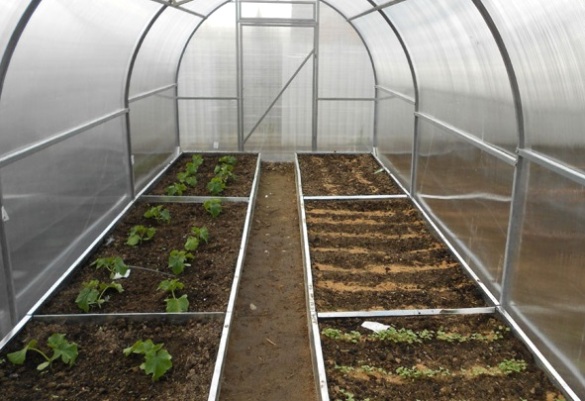
Top dressing
People who are familiar with the secrets of growing cucumbers in a polycarbonate greenhouse regularly apply top dressing to the soil. This can improve the yield several times.
So that the bushes do not suffer from a constant lack of nutrients, they must be fed 4-6 times in one season. For the first time, fertilizers are applied immediately after the first shoots appear. Most often, organic and mineral fertilizers are used: chicken droppings, mullein or ash.
Such fertilizers are quickly absorbed by the cultivated cucumbers. Next time, feeding is carried out only after 15-20 days.
Conclusion
Growing cucumbers in a greenhouse is much easier if you enjoy doing it. To do everything right, it is recommended that you study the rules for growing bushes in advance. A video detailing this process can also help grow cucumbers in a greenhouse.
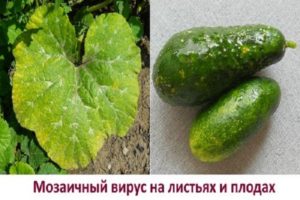
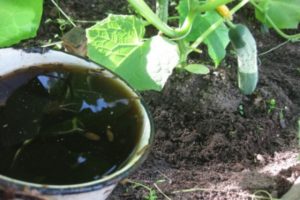



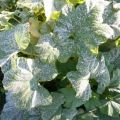
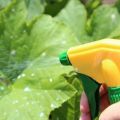
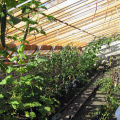


To make the harvest even more pleasing to the eye, I would recommend BioGrow, it is an excellent bioactivator for plant growth, the harvest obtained from its use is very pleasing, I can recommend.